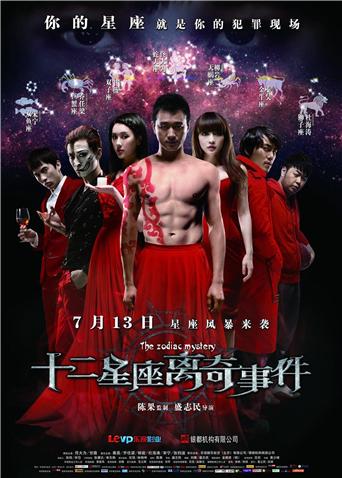剧情简介
乔立夫、久久精品邵苗苗、久久精品钟晴三人到深圳干活,无疑像其他外省劳工一样,开始寻金的梦想。程志刚是深圳某公安分局的大队长,他推荐乔出任深圳警察学校的武术教练。四人于繁华的深圳市内彼此认识并相爱,开始时,相互之间都是单纯和纯朴,但纸醉金迷的都市,令四人的生活开始变质,彼此都陷入了花花绿绿的世界,最终,引发了一场弥天大祸,以致生死分离。
乔立夫、久久精品邵苗苗、久久精品钟晴三人到深圳干活,无疑像其他外省劳工一样,开始寻金的梦想。程志刚是深圳某公安分局的大队长,他推荐乔出任深圳警察学校的武术教练。四人于繁华的深圳市内彼此认识并相爱,开始时,相互之间都是单纯和纯朴,但纸醉金迷的都市,令四人的生活开始变质,彼此都陷入了花花绿绿的世界,最终,引发了一场弥天大祸,以致生死分离。
回复 :刚出生就托育给奶妈扶养的小男孩纬杰,一直到准备上小学一年级之前,才让亲生妈妈阿英接回来一起生活。但多年未见的陌生频频造成母子之间的摩擦,直到后来纬杰失踪时,才让同英明白自己原来有多在乎这个儿子。最后纬杰平安地归来,阿英也收到纬杰送的奇特小礼物,瓦解了两人之间的围墙,也拉近彼此的心
回复 :为寻求哥哥叛变投敌真相,秀女王昭君主动请嫁匈奴单于呼韩邪,只身前往大漠。在追求个人爱情幸福与维系胡汉和平大局的抉择面前,身为和亲使者的王昭君毅然以庶母身份再嫁复株累,续写了中华民族团结史上的一段传奇。
回复 :电影改编自美国苹果公司联合创办人史蒂夫·乔布斯的生平,真实而又生动的还原了这位计算机业风云人、大企业家传奇而又跌宕的一生。从大学退学后,乔布斯(艾什顿·库彻 Ashton Kutcher 饰)开始专注于自我挖掘与探索,之后,他和志同道合的好友沃兹尼亚克(乔什·盖德 Josh Gad 饰)共同创建了苹果电脑公司,一度风头强劲。然而,随着时间的推移,乔布斯和沃兹尼亚克之间的分歧越来越多,最终,在矛盾无法调和的情况之下,乔布斯愤然出走,不仅带走了一大批能人巧匠,还成立了NeXT公司。1997年,苹果公司惨淡的经营状况令其面临着宣布破产的窘境,这时,乔布斯的高调回归为公司的未来带来了一线生机和希望。

